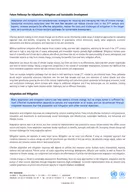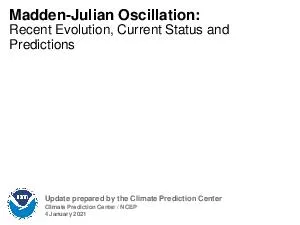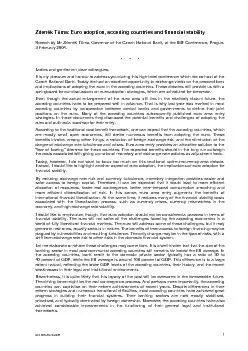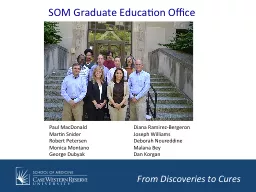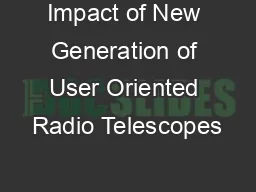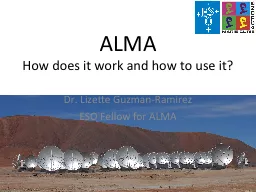PPT-Recent ASJP discoveries
Author : nullitiva | Published Date : 2020-11-06
Søren Wichmann Max Planck Institute for Evolutionary Anthropology Structure of the talk A skeptical note on probabilistic methods A mixed quantitativequalitative
Presentation Embed Code
Download Presentation
Download Presentation The PPT/PDF document "Recent ASJP discoveries" is the property of its rightful owner. Permission is granted to download and print the materials on this website for personal, non-commercial use only, and to display it on your personal computer provided you do not modify the materials and that you retain all copyright notices contained in the materials. By downloading content from our website, you accept the terms of this agreement.
Recent ASJP discoveries: Transcript
Download Rules Of Document
"Recent ASJP discoveries"The content belongs to its owner. You may download and print it for personal use, without modification, and keep all copyright notices. By downloading, you agree to these terms.
Related Documents



